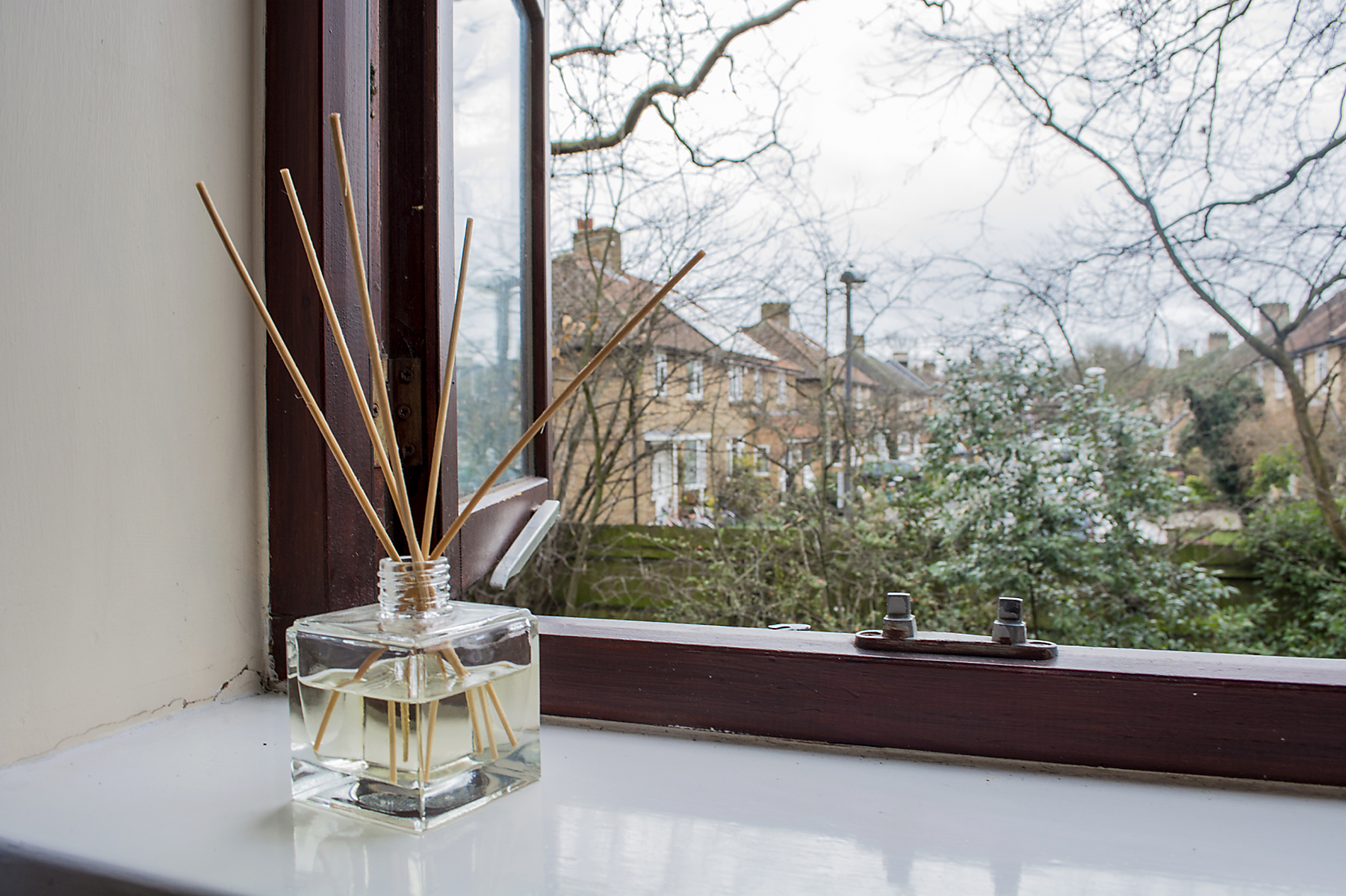
A slight whiff that transports you through space and time to your childhood is enough cement an appreciation for the power smell.
According to Rachel Herz, author of The Scent of Desire, our sense of smell is thousands of times more sensitive than any other of our senses and recognition of smell is visceral and immediate.
Other senses like touch and taste must travel a distance via neurons before reaching the spinal cord and then the brain. The olfactory system has a direct pathway providing a powerful link to the brain … specifically the limbic system and amygdala, the area where emotional memories are stored.
In short, this is the only place where our central nervous system is directly exposed to the environment.
There are smells that we find appealing in the home. Not all are floral in nature. While most find the smell of smoking unappealing, some might find the aroma of a pipe quite pleasurable. Many enjoy the smell of leather while others find the odor of new carpet enjoyable. These smells all represent a pleasurable experience and allow us to relive the feeling.
Aromatherapy has capitalized on this direct link between the human and environment to manipulate health, emotion and over all state of being. A scent that evokes calm and tranquility is the final element to an inviting space.
But wait! Oh no! What if the smells evoke unpleasant memories? What if the source is a chemical source? What if the source triggers migraines, sinusitis, and breathing disorders?
Chemicals compounds floating in the air we breathe is far too common in American homes. We are inundated with television commercials that repeatedly tell us that our homes are not clean without some type of “freshener” plugged into an outlet. And leave us with self-doubt about our surroundings.
Information at www.consumerlawpage.com states that in spite of what manufacturers would have us believe, air fresheners do not “purify” the surrounding air, nor do they add natural fragrances. It was reported that what they actually do is to coat the nasal passages with an oil film such as methoxychlor or release a nerve deadening agent to drown out whatever smells may be deemed offensive.
This information makes the option of embracing the cat litter seem attractive.
Perfume and cologne are not exempt. The light, floral scent in most body spritzers is not from a flower at all. Instead it is sourced from chemicals that can travel directly into the bloodstream when applied to skin. When the fumes are inhaled, they go straight to our brains. It makes the thought of wearing fragrance about as lovely as spritzing an industrial chemical on the skin.
The key is essential oil in creating an ambient, yet safe, fragrance in the home.
To insure safe, clean indoor air, burn 100 percent pure beeswax candles with cotton wicks that are fragranced with essential oils.
Instead of an aerosol room spray, use a drop or two of pure essential oils and distilled water to make a spritzer and mist the air.
Another option for a kinder, gentler approach to indoor smells, add drops of orange, lemon or lavender essential oils to cotton balls and put them around the house
Simmering spices like cinnamon and cloves, lemons, ginger or herbs such as rosemary or basil in water has long been a favorite of real estate agents. Those are the smells that evoke immediate memories of happy times at home baking in a warm kitchen.
Potted plants are little air freshening factories. They clear carbon dioxide from the air and can even remove some of the toxin residue from that can of Glade that you just threw in the trash.



